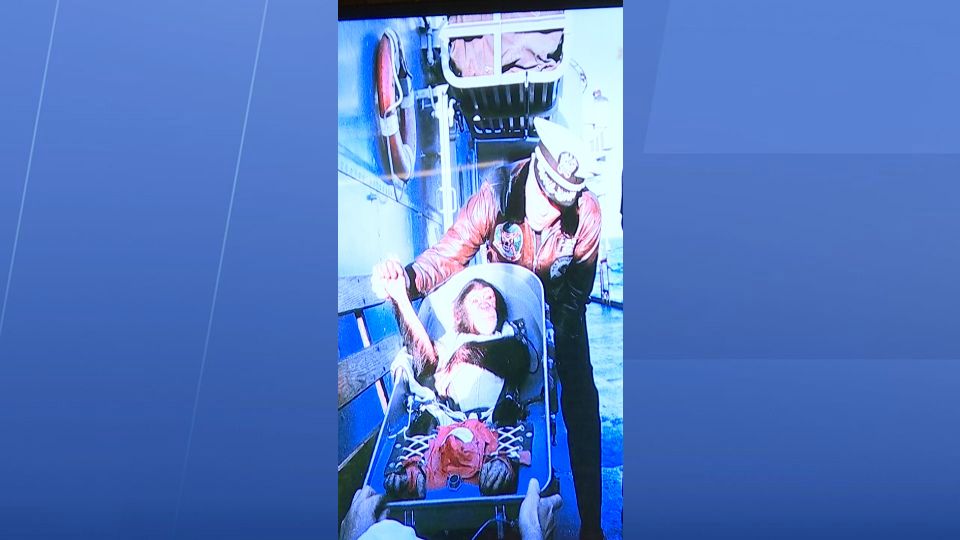TITUSVILLE, Fla. — As part of The American Space Museum & Space Walk of Fame celebration series Saturday, it celebrated animals in space.
- Animals used to test dealing with long-range health effects in space
- First monkeys were sent to space in 1948
- LINK: NASA Animals in Space
- LINK: Space Walk of Fame events
In 1948, the first monkeys were sent to space and, according to NASA, sending animals to space showed if humans could survive weightlessness and the effects of high gravitational forces.
America's Animals Astronaut Heroes Producer Jim Lewis says while making a documentary, he was able to lear a lot about the animals and insects sent to space and their importance for human exploration.
Animals are used to test dealing with long-range health effects in space, tissue development, and mating in a zero-g environment. Frogs born in space showed scientists the effects of gravity.
“Not only does gravity hold you down but also tells you which way is up. Things like that we need to know if we travel to space, and the animals have been really helpful,” Lewis said.
And the animals sent to space could be considered the unsung heroes that made it possible for scientists to determine whether it was possible to send humans to space and if they would survive.
Bonnie McClellan loves all things space and brought her pup lady to The American Space Museum & Space Walk of Fame to get as close to outer space as possible and be part of the fundraiser pet photo shoot.
“I've always thought the astronauts were the ultimate heroes of the world,” McClellan explained.
She remembers when the first animals were sent to space and says it's fascinating how they adapt to micro-gravity.
“I do remember that back in the 50's when I was in grade school, Russia sending dogs to space and the United States put a monkey,” McClellan recalls.
Most recently, the genetically-altered mighty mice with enhanced muscles launched on the SpaceX rocket in December by a non-profit to help scientists understand how to limit muscle and bone loss in humans while in space.



